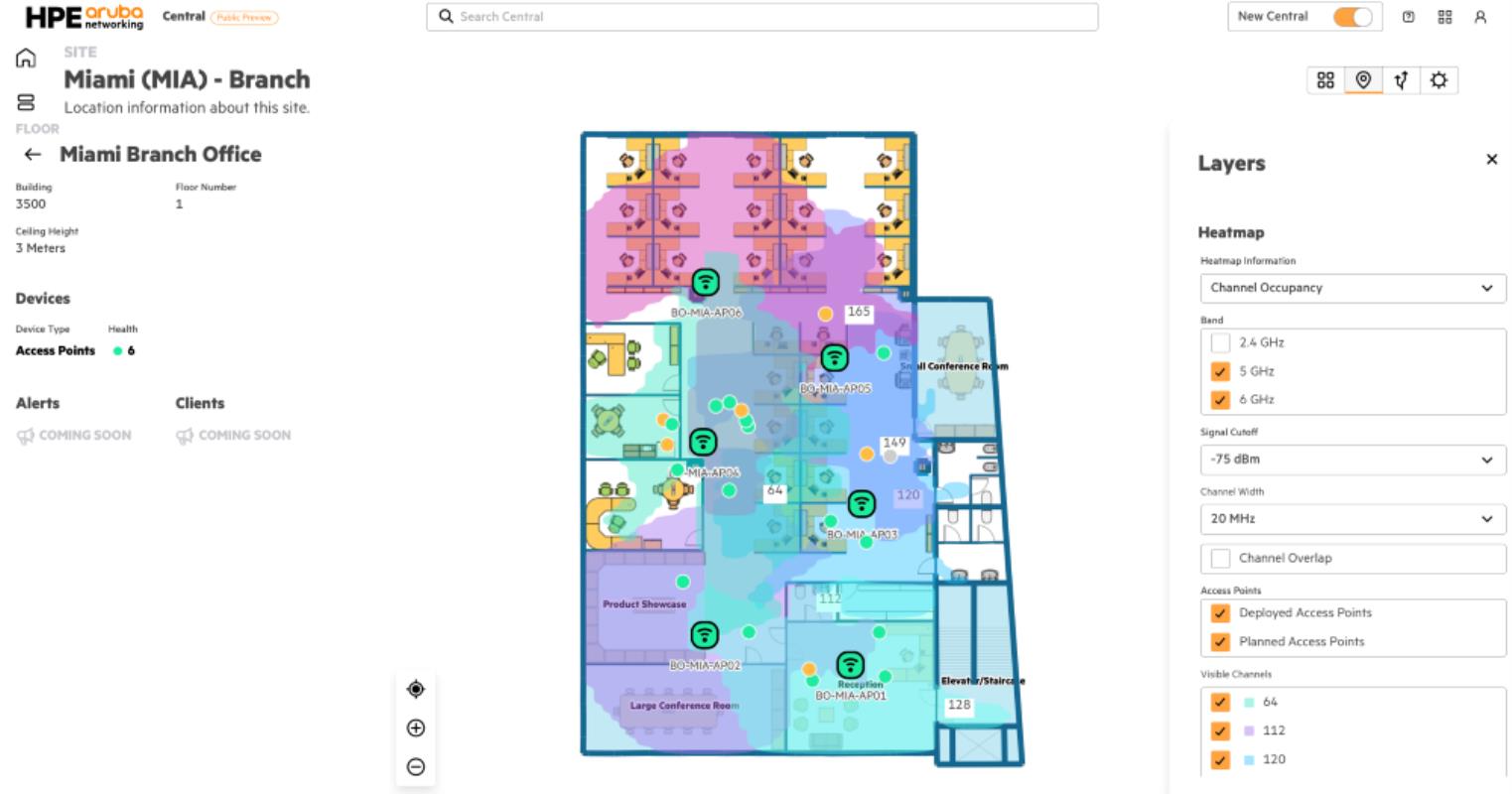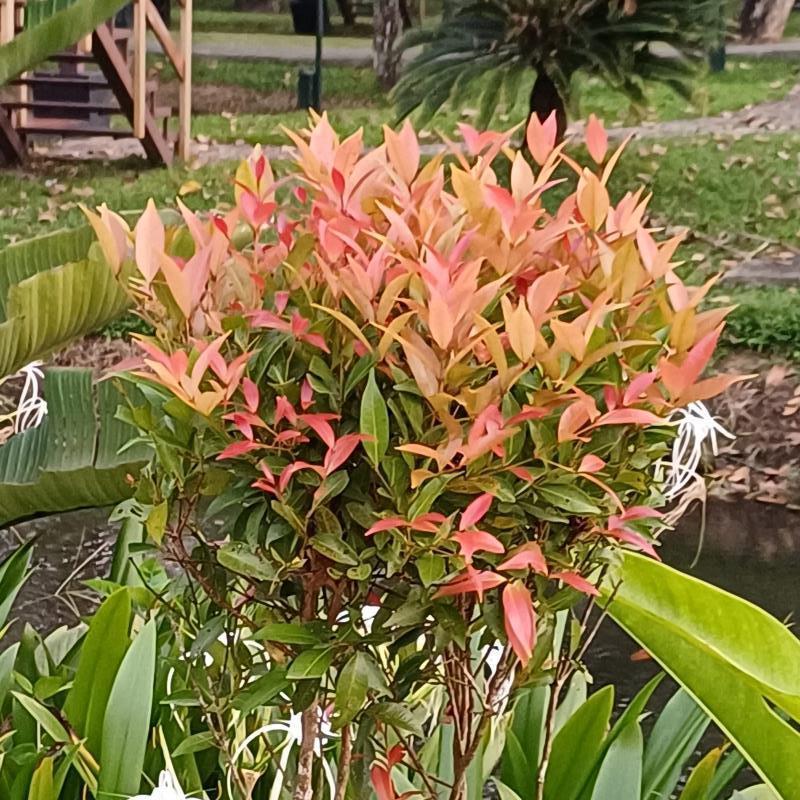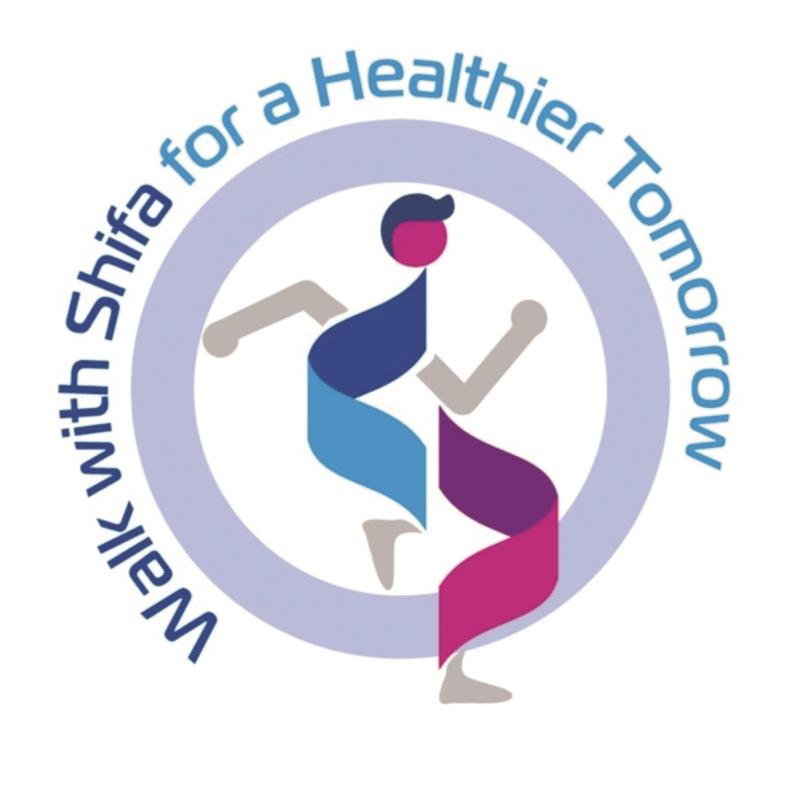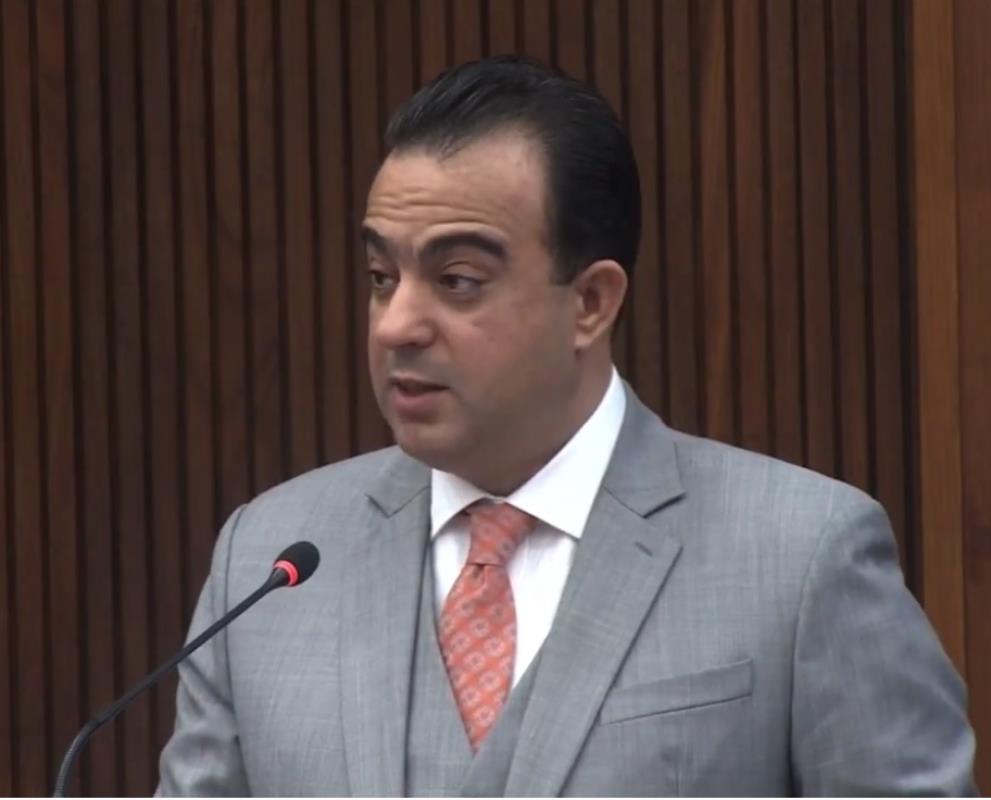
Here’s what it means and why it’s not a sustainable long-term approach.
Just when I thought I had heard it all, I discovered that the cucumber diet was trending. Much like it sounds, this quick weight loss scheme involves eating a whole lot of cucumbers over a one- to two-week period.
While cukes are healthy, providing vitamin C, magnesium, and potassium, the main premise of the diet is that they’re low in calories (about 20 per medium), and high in water, with a few grams of bonus fiber. They also require chewing, and the volume takes up space in your stomach. For all of these reasons cucumbers are filling, and basically displace other foods.
There doesn’t seem to be one main website, book, or blog that houses a definitive guide to the cucumber diet, and there are no hard and fast rules. But from what I’ve seen online, it generally involves the following guidelines:
- Eat cucumbers at every meal and snack. Eat as much as you can, and as much as you’d like.
- Make meals out of cucumber, like a cucumber smoothie and cucumber salad.
- Add in some lean protein at breakfast, lunch, and dinner, such as hard boiled eggs, Greek yogurt, cottage cheese, tuna, or chicken.
- Use small amounts of good fat, like olive oil or flax seeds.
- If needed, add small portions of healthy carbs, like brown rice, potatoes, or fruit.
- Include other low calorie vegetables, such as tomatoes, spinach, and celery.
Various websites and blogs I visited made differing claims about the amount of weight shed in a given time frame. One boasted a loss of 15 pounds in a single week. Sound too good to be true? It probably is. And I’d bet the farm that the results won’t stick.
When you limit your diet this severely, most of the weight you lose is comprised of water and glycogen. The latter is the carbohydrates your body stocks away in your liver and muscles. Depleting glycogen and shedding water weight shifts the number on the scale. After all, just two cups of water weighs one pound. But as soon as you resume a normal diet (because let’s face it—this is totally unsustainable), you’ll likely regain all the weight lost and fill out your jeans again.
I’ve been asked if this approach is healthier than, say, a liquid-only juice cleanse. It is—because of the addition of protein, healthful fats, and small portions of a few good carbs. But it’s still a quick fix that is unlikely to produce lasting results and, even short term, it short changes you on several key nutrients.
To be honest, my very first thought when I heard about this diet was: it sounds like an eating disorder in disguise. Filling up on low-calorie foods, like cucumber, celery and lettuce, is a tactic common in people with disordered eating. In my experience, these practices are non-nourishing and result in feeling deprived, irritable, moody, fatigued, and even depressed. The pattern also typically leads to rebound overeating, which may be followed by guilt, and a return to the strict diet or another form of compensation, like excessive exercise, or even laxative or diet pill use, or smoking. This physically and emotionally tortuous cycle keeps people in an unhealthy relationship with food and unable to maintain a healthy weight. If you think you may be at risk for this roller coaster ride, or you’re already in it, do not adopt the cucumber diet.
If you’re tempted to give it a go as a way to slim down quickly for an upcoming event or break a chaotic eating pattern, consider some other options. Rather than loading up on cucumbers, try a more balanced approach. Cut out processed foods made with sugar and refined carbs, and eat small portions of a longer list of good carbs, including whole grains, starchy veggies, and fruit. Eat lean protein at every meal, including pulses (beans, lentils, peas, chickpeas) as a plant based option. Widen the range and portion size of healthful fats to include avocado, nuts, and seeds. And allow yourself small indulgences, like dark chocolate, or other can’t-live-without treats. Sure, you may not lose weight as quickly. But you’ll be taking better care of your body and mind and choosing a path you can stick with. Slow and steady may not be sexy, but it’s a lot more sane and sustainable.

















































































